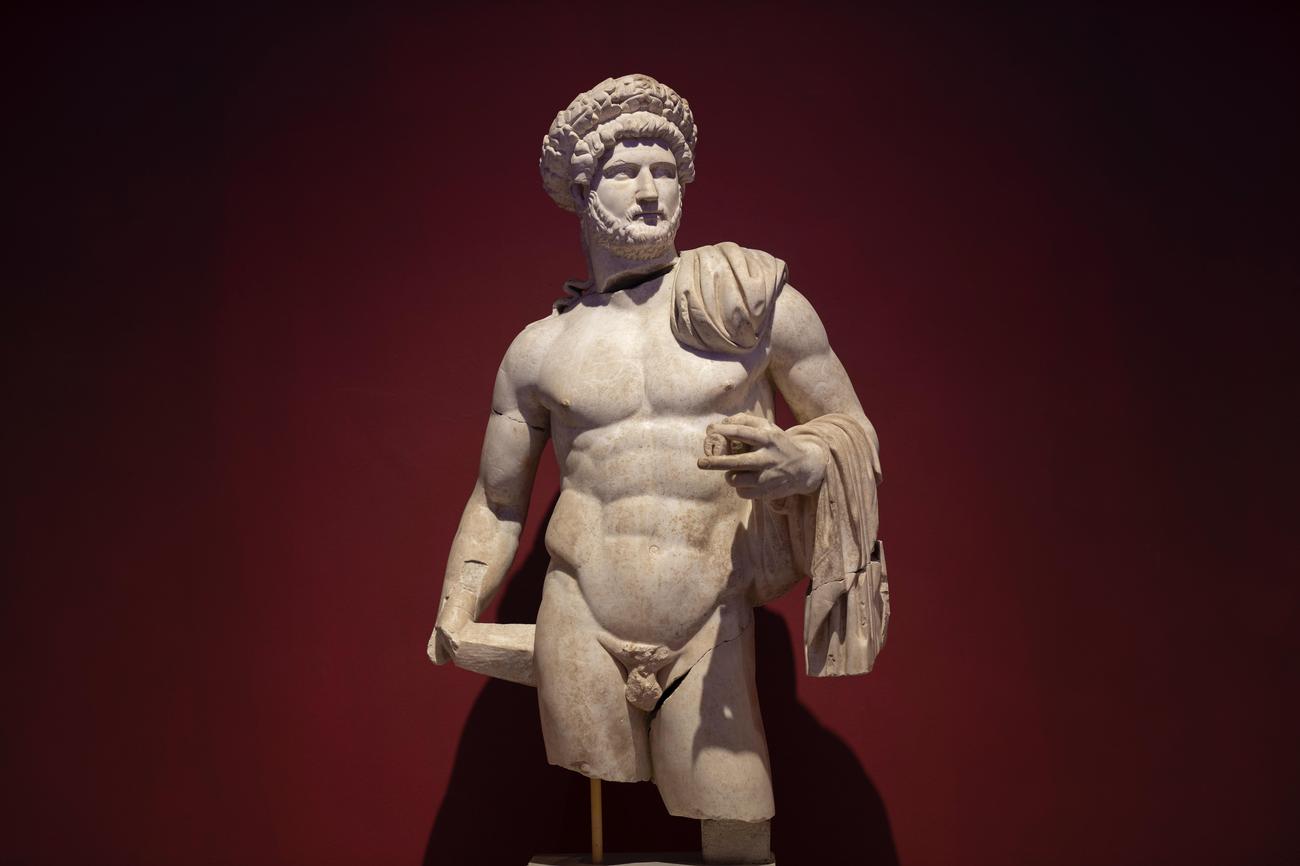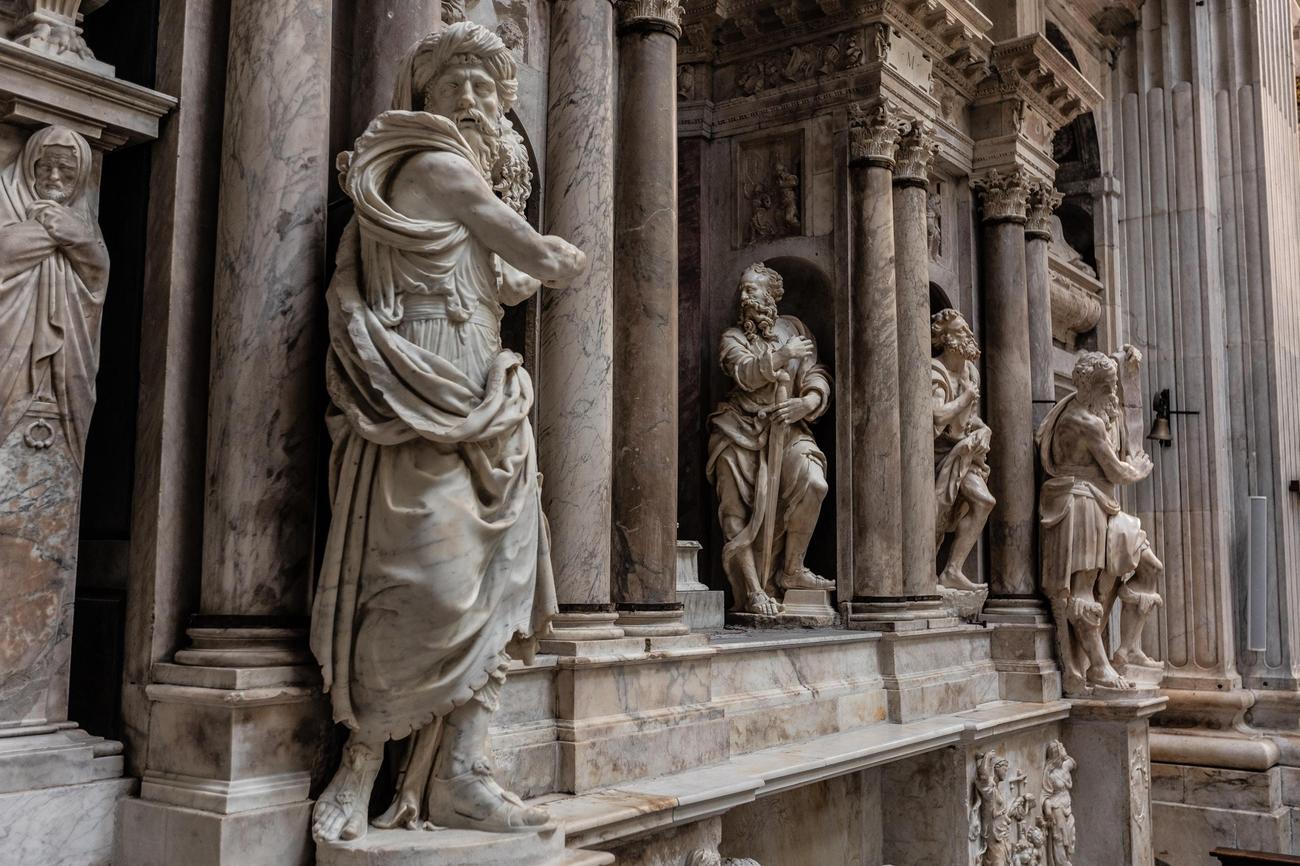Unveiling Marble: Tracing the Roots of Ancient Civilizations

Step into the mesmerizing world of marble history as we embark on a journey that will transport you to the heart of ancient civilizations. In this captivating article, we will delve into the intricate tales hidden within the majestic marble structures that have shaped human history. From the awe-inspiring works of the Greco-Roman era to the breathtaking monuments scattered across the globe, prepare to be captivated by the profound impact of marble on human civilization. As an experienced historian and writer with a deep passion for art, architecture, and ancient cultures, I am thrilled to guide you through this remarkable exploration. So, let’s embark on this remarkable odyssey and uncover the fascinating story of marble, its origins, and its enduring legacy.
Marble History
Marble, a captivating metamorphic rock that has left an indelible mark on human civilization, has a rich and intriguing history. Tracing its roots back to the ancient world, marble has been used for centuries as a medium for both art and architecture. Let’s embark on a journey through time to unravel the profound impact of marble on ancient civilizations.
The Origins of Marble
Marble, derived from the Ancient Greek term “mármaron” meaning “crystalline rock, shining stone,” has been revered by countless civilizations throughout history. Its formation begins with the metamorphism of sedimentary carbonate rocks, such as limestone and dolomite, through the effects of heat, pressure, and aqueous solutions. This transformative process results in the formation of marble, a rock that is not only visually stunning but also durable.
Marble in Ancient Greece and Rome
The love affair between marble and ancient civilizations, particularly Ancient Greece and Rome, is well-documented. The malleability and softness of white marble made it the preferred material for Greek and Roman sculptors and architects. Its abundance in quarries across Greece and Italy ensured its widespread use in monumental structures, sculptures, and even everyday items.
Unleashing the Potential
Marble’s characteristics made it an ideal material for sculptors to unlock their creative visions. The malleability of marble allowed for intricate and detailed sculptures, enabling artists to breathe life into their masterpieces. The pristine white marble of Carrara, Italy, for example, was sculpted by Michelangelo to create timeless works of art such as the David. The Parthenon in Athens, a testament to the architectural prowess of ancient Greeks, showcases the grandeur and enduring beauty of marble.
Marble and Building Materials
Beyond its use in sculpture, marble also played a pivotal role as a building material. Its strength, durability, and aesthetic appeal made it the perfect choice for constructing monumental structures like temples, palaces, and cathedrals. The Taj Mahal in India, with its breathtaking marble facade intricately adorned with intricate carvings, stands as a testament to the grandeur that marble can lend to architectural marvels.
Marble’s Vulnerabilities
While marble is renowned for its beauty and longevity, it is not impervious to deterioration. Factors such as acid rain and exposure to acidic substances can gradually degrade marble, leading to the loss of its luster and structural integrity. Consequently, the preservation and conservation of marble structures become vital endeavors in safeguarding our cultural heritage.
Preserving the Marble Legacy
To preserve and honor the rich history and influence of marble, a comprehensive approach is required. This includes implementing measures to protect marble structures from acid rain and other harmful elements. Additionally, employing specialized cleaning techniques and restoration processes can revitalize deteriorating marble, ensuring its longevity for generations to come.
The Timeless Splendor of Marble
Through its use in art, architecture, and everyday objects, marble has transcended time and borders to become an embodiment of human creativity and ingenuity. Its allure, both aesthetically and historically, continues to captivate individuals worldwide. By studying and appreciating the marble history, we gain a deeper understanding of the civilizations that came before us and the profound impact of their artistic and architectural endeavors.
Intricately carved from marble, these masterpieces of human ingenuity are not merely lifeless structures; they are conduits of history, echoing the tales of ancient civilizations and the timeless wonders they left behind.
Marble is a fascinating natural stone that has been admired and utilized for centuries. Its elegant beauty and versatility make it a popular choice for countless architectural and design projects. But did you know that there are countless fun facts about marble that you may not be aware of? If you’re curious to learn more, click here for our comprehensive list of fun facts about marble: Fun Facts About Marble

FAQ
Question 1
What is marble and how is it formed?
Answer 1
Marble is a metamorphic rock that forms from the metamorphism of sedimentary carbonate rocks, such as limestone or dolomite. Under heat, pressure, and aqueous solutions, the carbonate minerals in these rocks recrystallize, resulting in the formation of marble.
Question 2
Why is marble commonly used for sculpture and as a building material?
Answer 2
Marble is prized for its beauty and versatility, making it a popular choice for sculpture and construction. Its softness allows for intricate carving, making it easier for sculptors to create intricate details. Additionally, the durability and natural elegance of marble make it an ideal material for various architectural structures, such as columns, floors, and facades.
Question 3
What cultural associations does marble have?
Answer 3
Marble holds significant cultural associations, particularly as the preferred medium for Greek and Roman sculptors and architects. Many renowned ancient sculptures and buildings, such as the Parthenon and the statue of David, were crafted from marble. Its use in these iconic artworks has contributed to the association of marble with classical art and architecture.
Question 4
How does marble get its glossy finish?
Answer 4
To create a glossy finish on marble floors, a process called crystallization is commonly used. This method involves applying a chemical compound onto the marble surface and then buffing it with a steel wool pad or other abrasive materials. The friction generates heat, which helps the compound react with the calcium carbonate in the marble, resulting in a polished and more durable surface.
Question 5
Can marble be damaged by environmental factors?
Answer 5
Yes, marble can be susceptible to degradation due to environmental factors. Acid rain, for example, can lead to the deterioration of outdoor marble structures. The acidic properties of acid rain can react with the carbonate minerals in marble, producing carbonic acid and other soluble salts. Additionally, microbial degradation has been detected in deteriorating marble samples, further highlighting the need for proper maintenance and conservation of marble structures.
- Unlock Elemental 2 Secrets: Actionable Insights Now - April 2, 2025
- Lot’s Wife’s Name: Unveiling the Mystery of Sodom’s Fall - April 2, 2025
- Photocell Sensors: A Complete Guide for Selection and Implementation - April 2, 2025
















